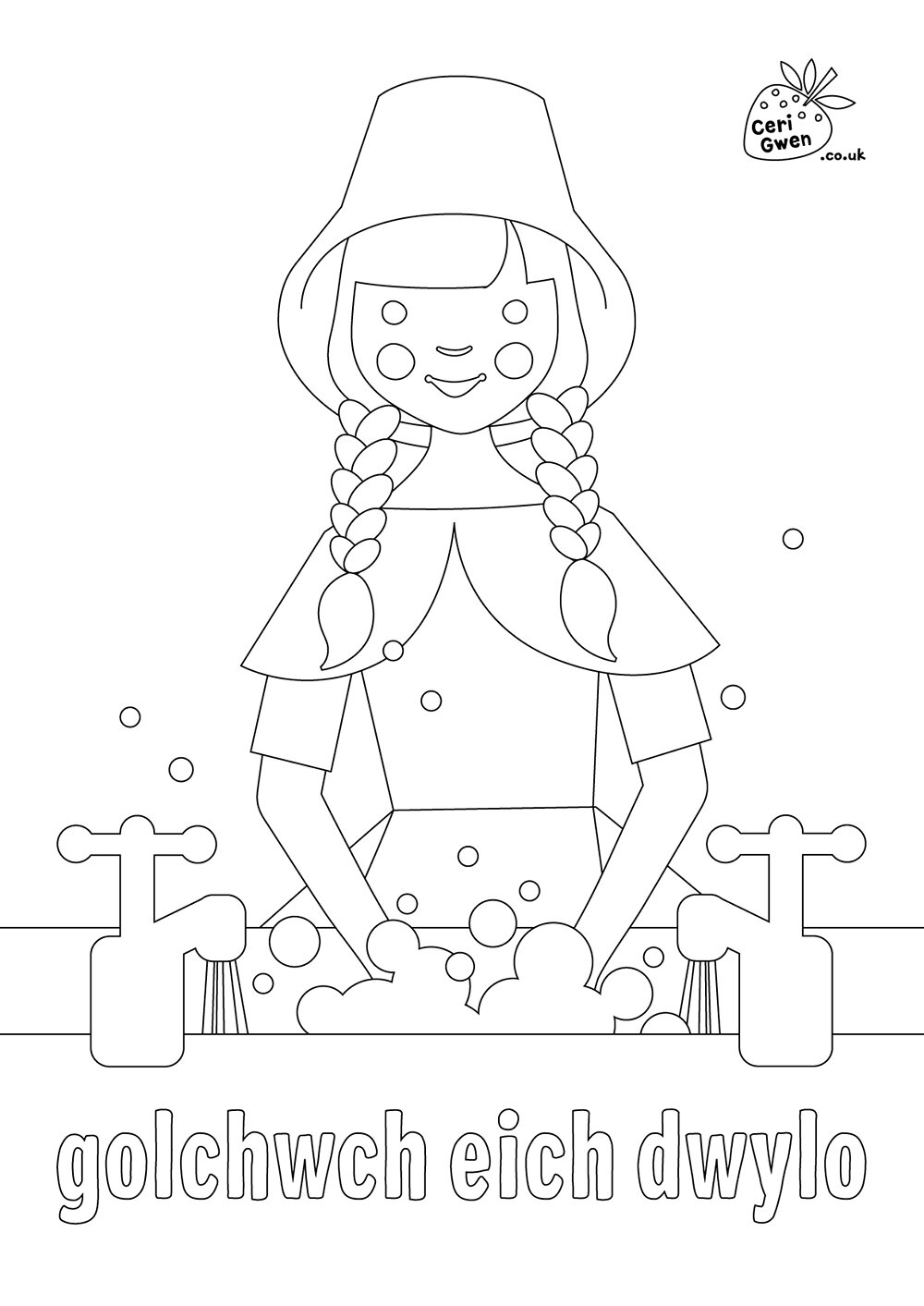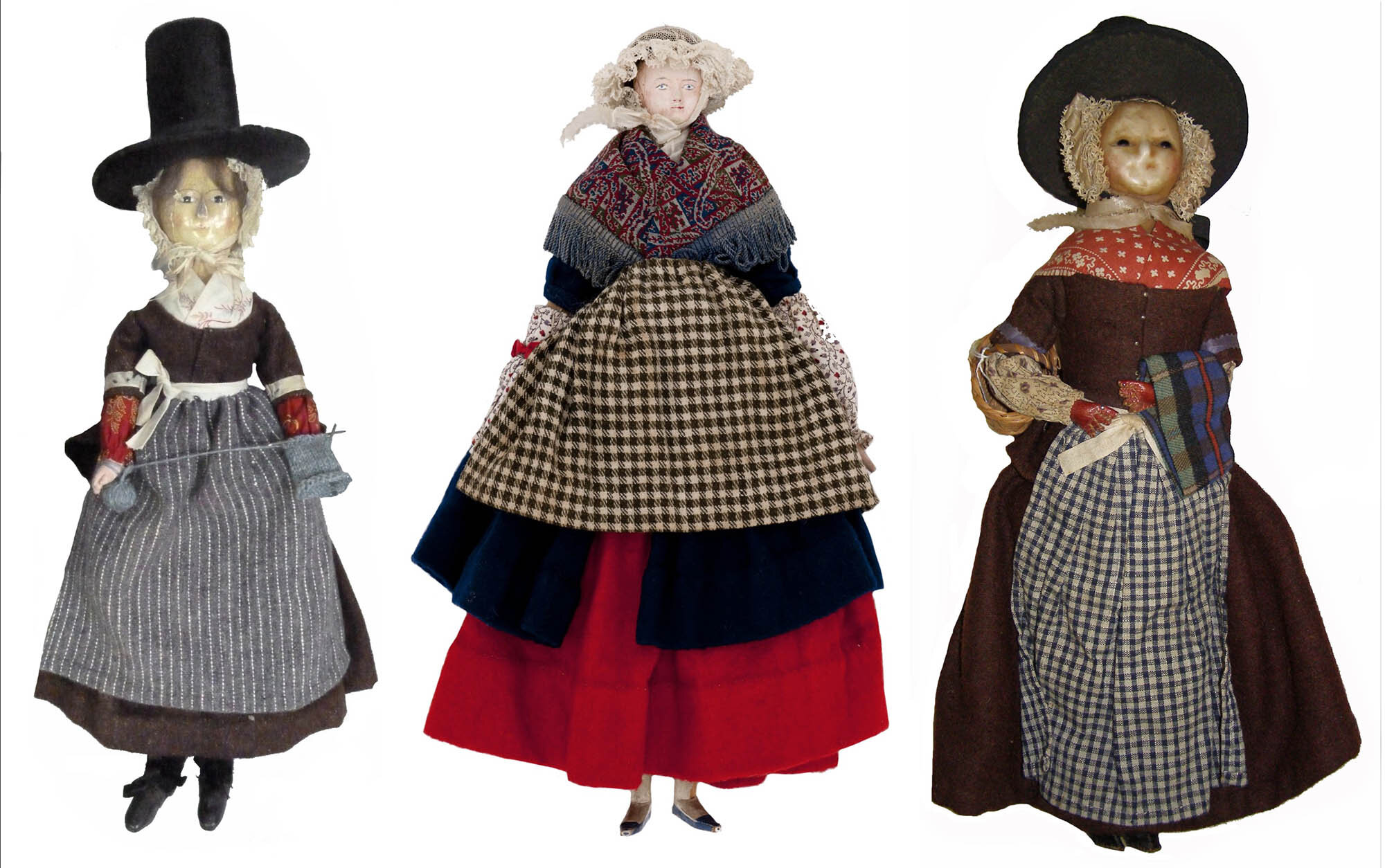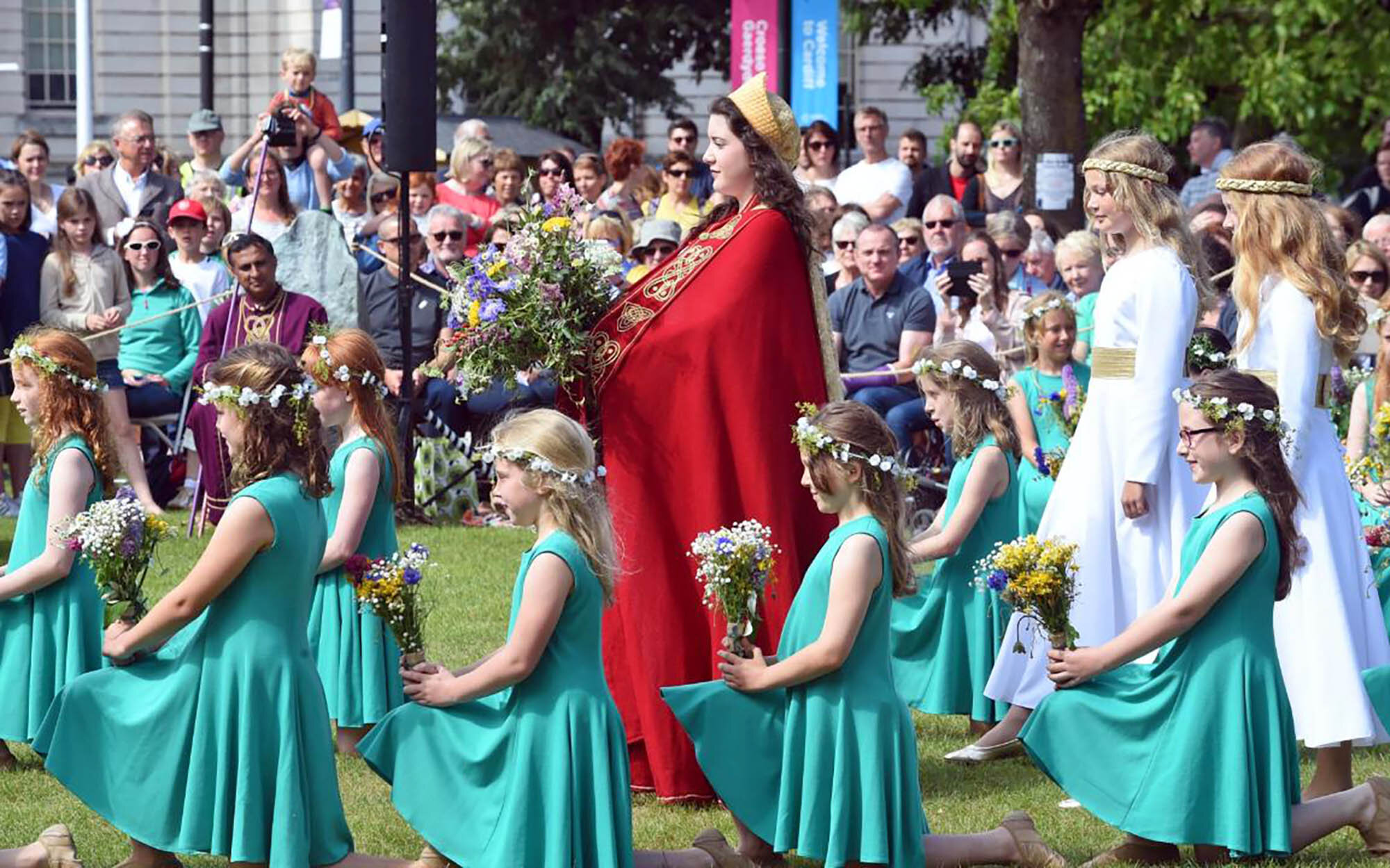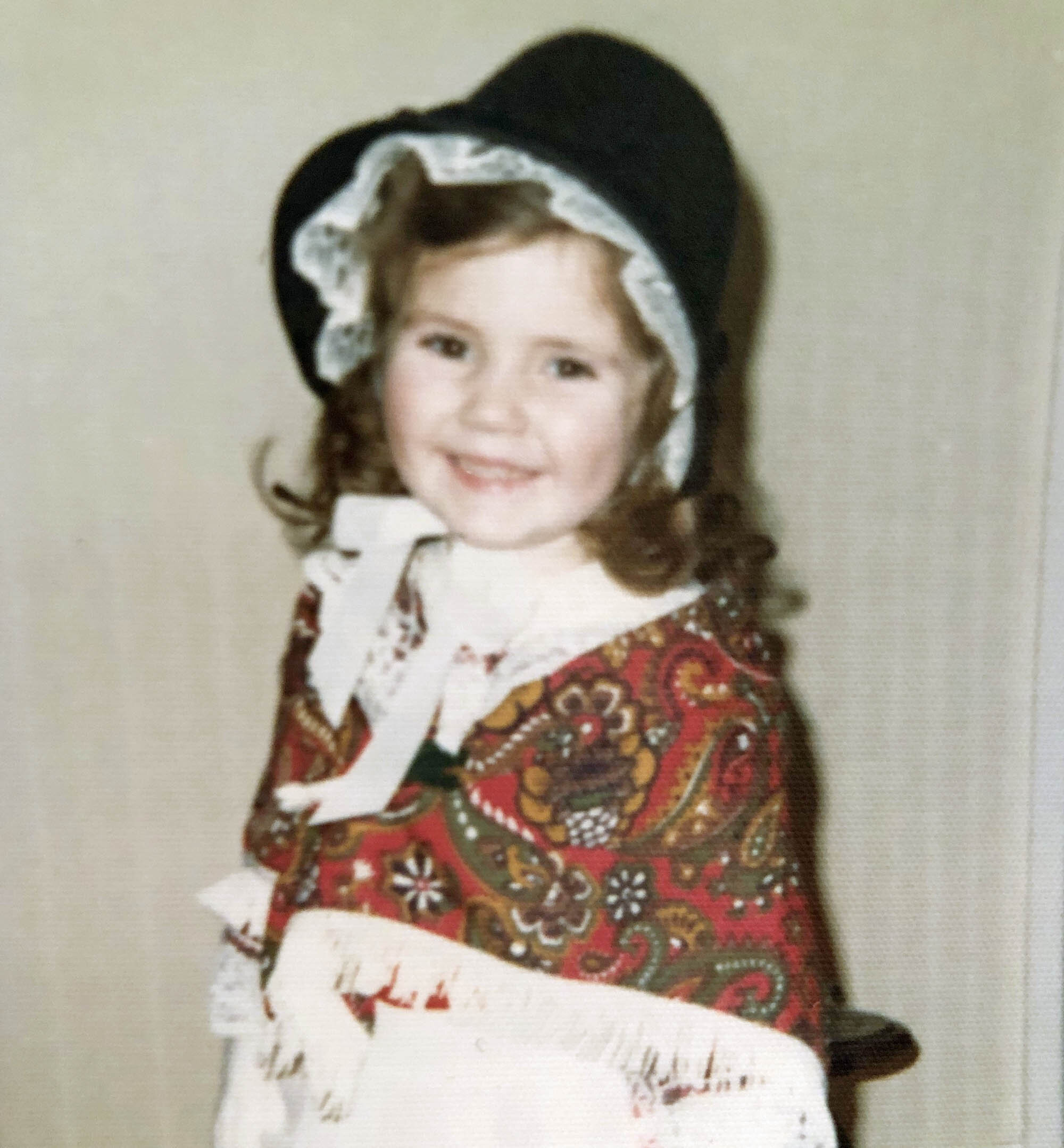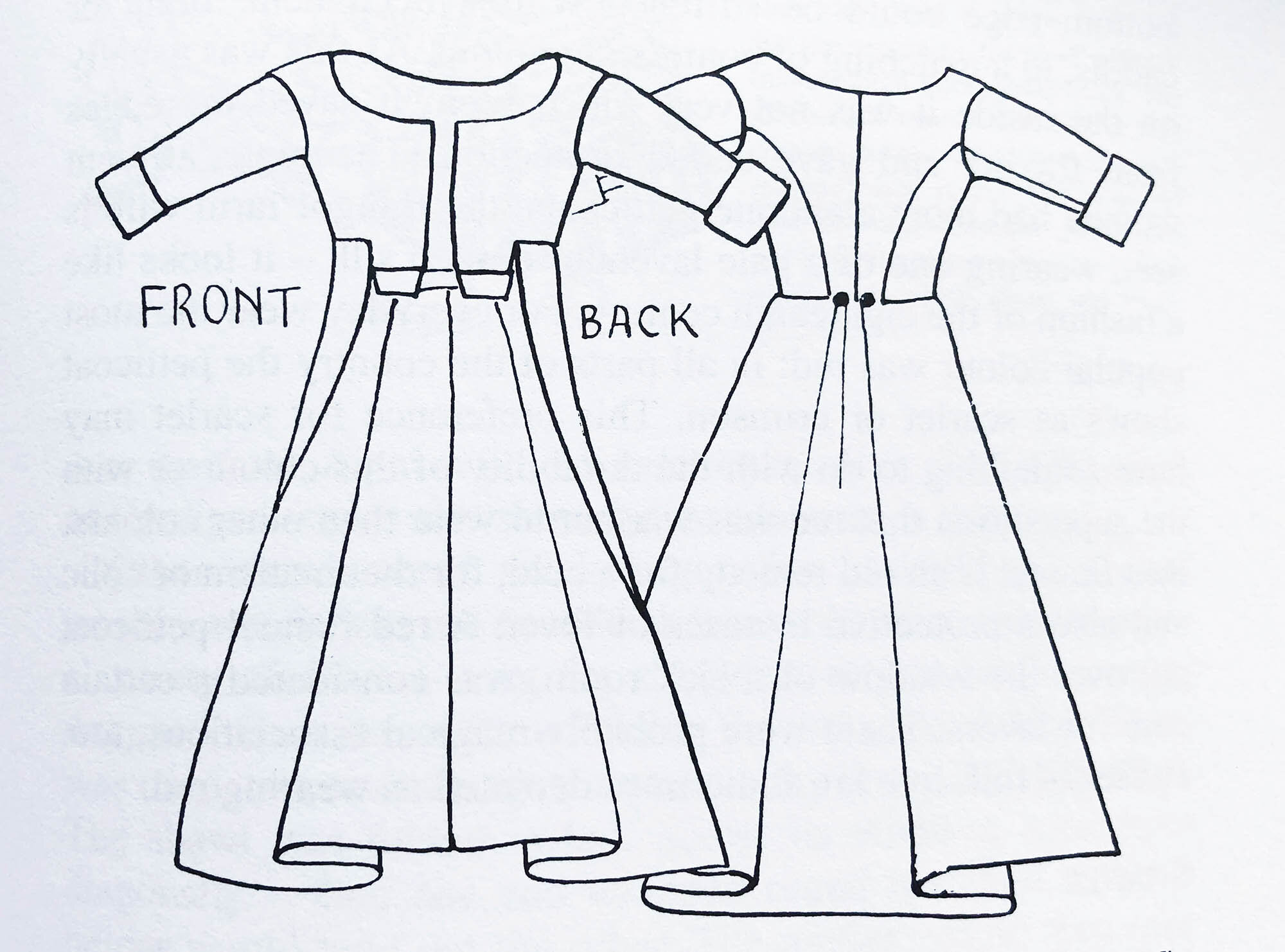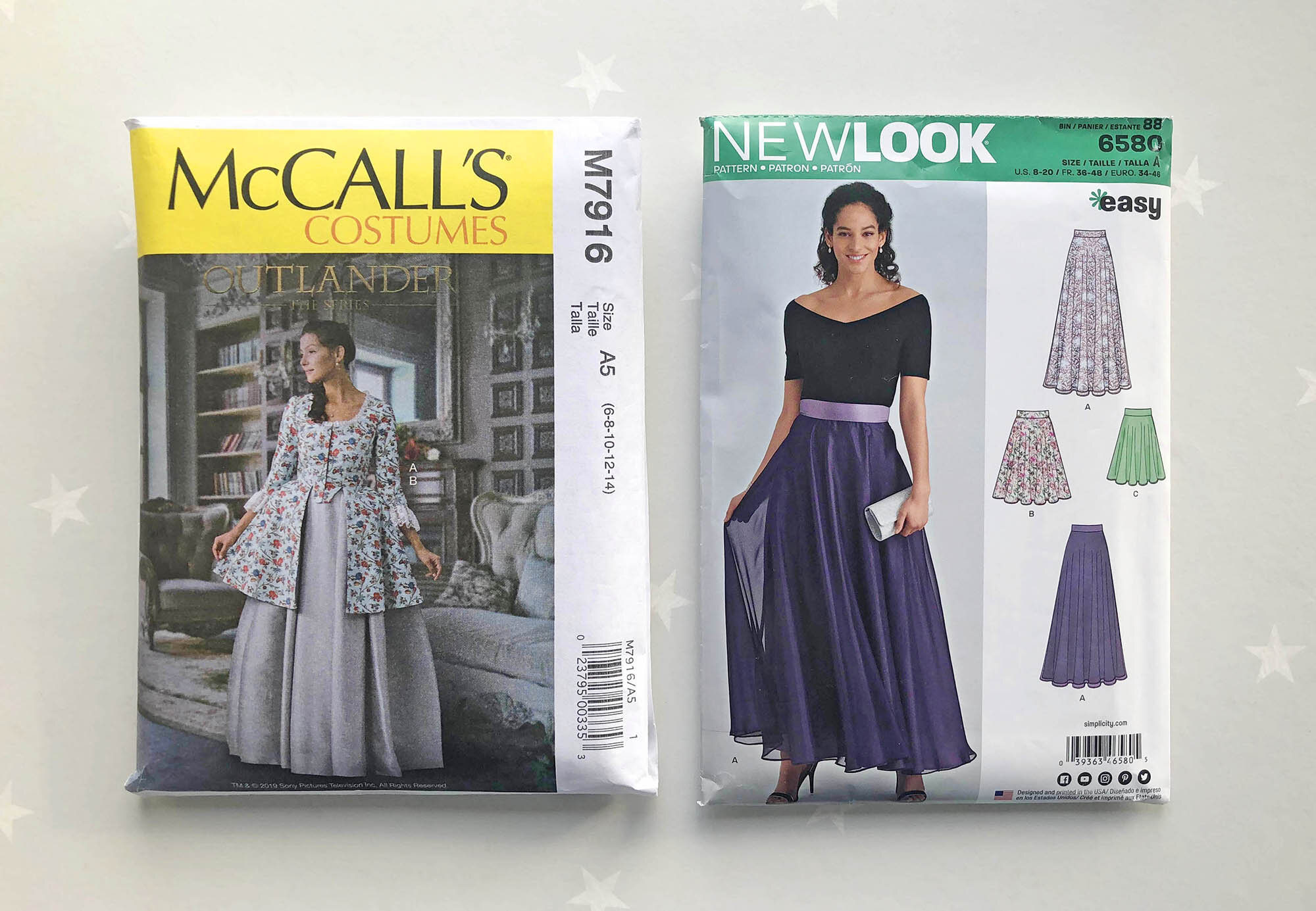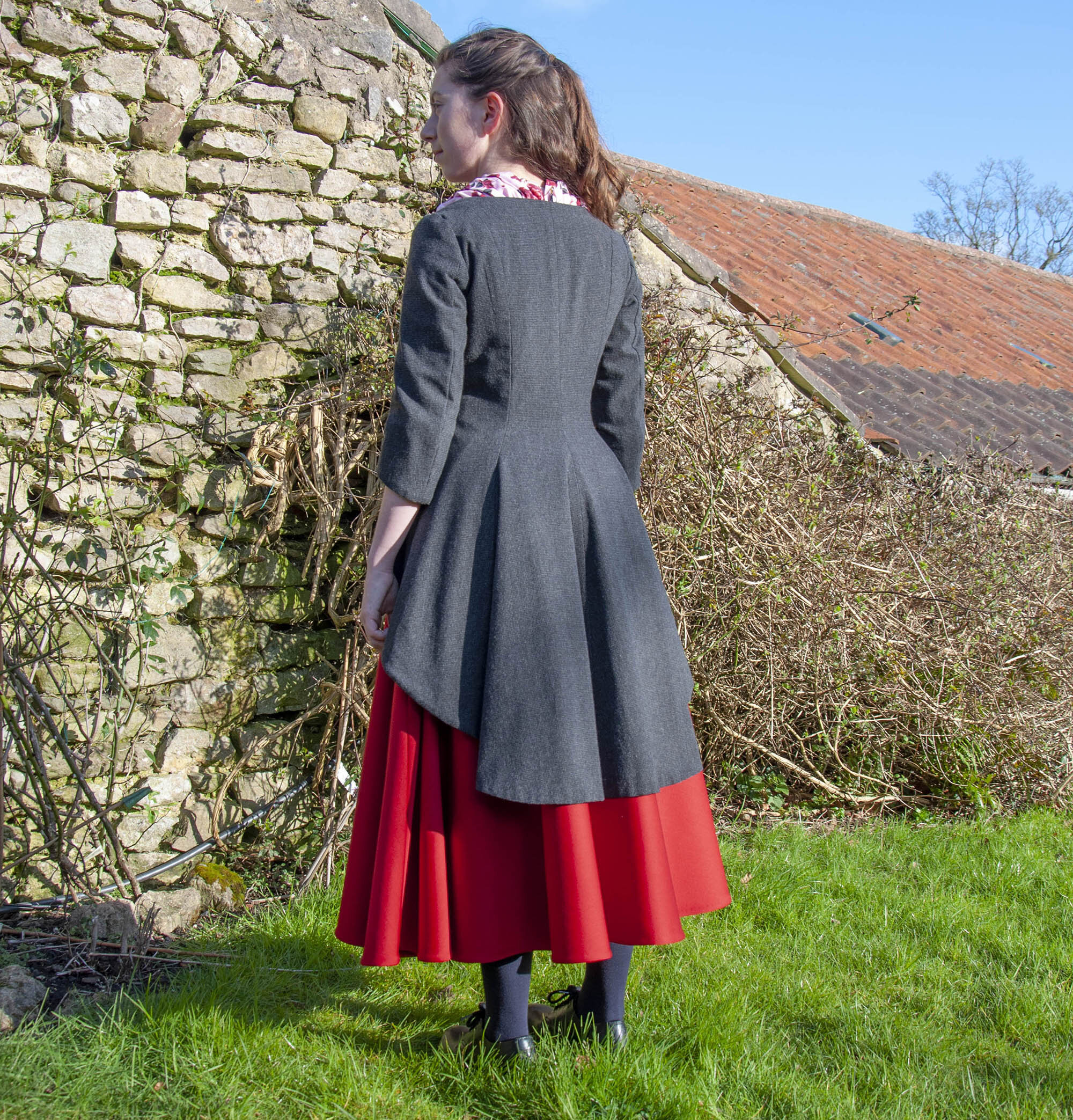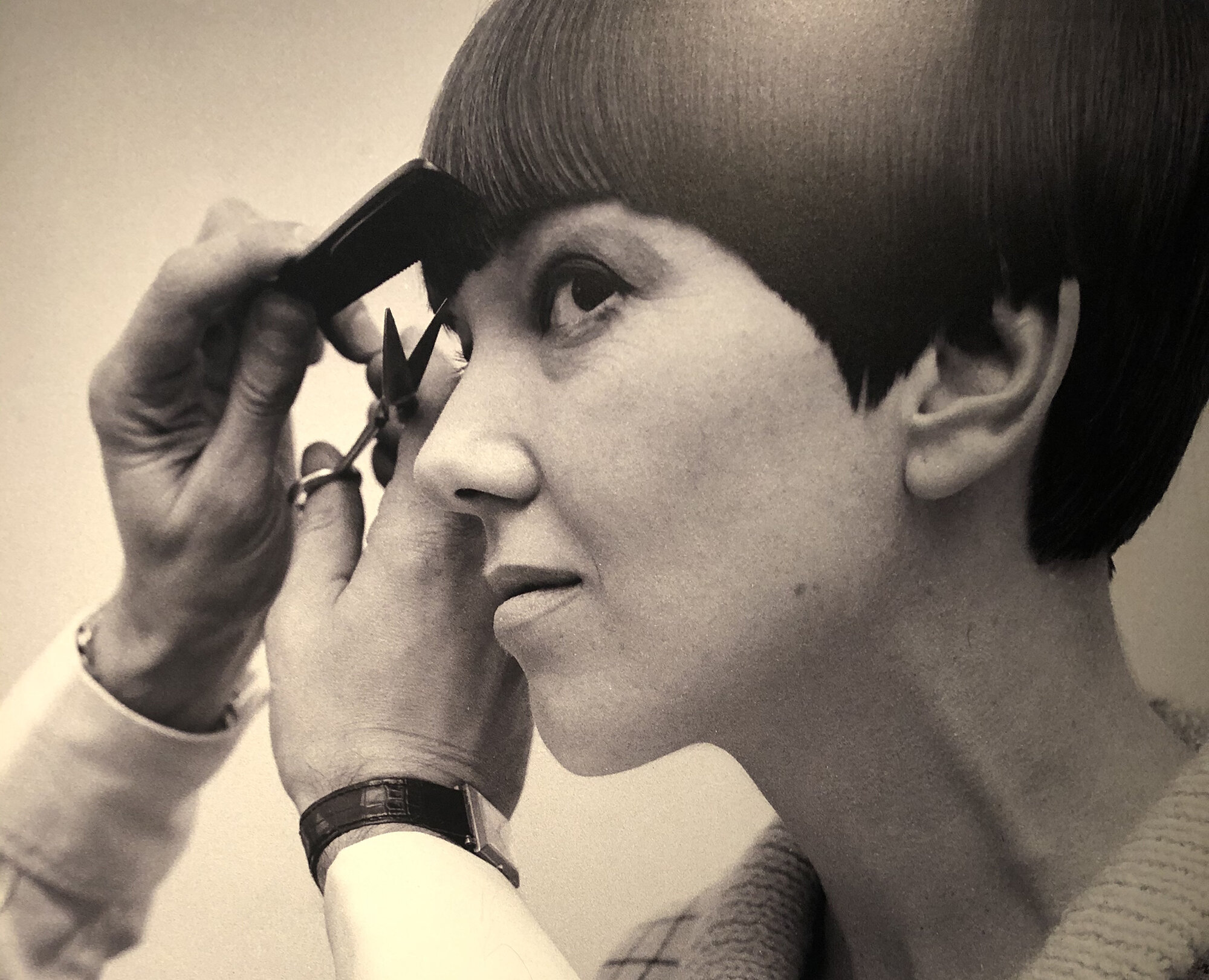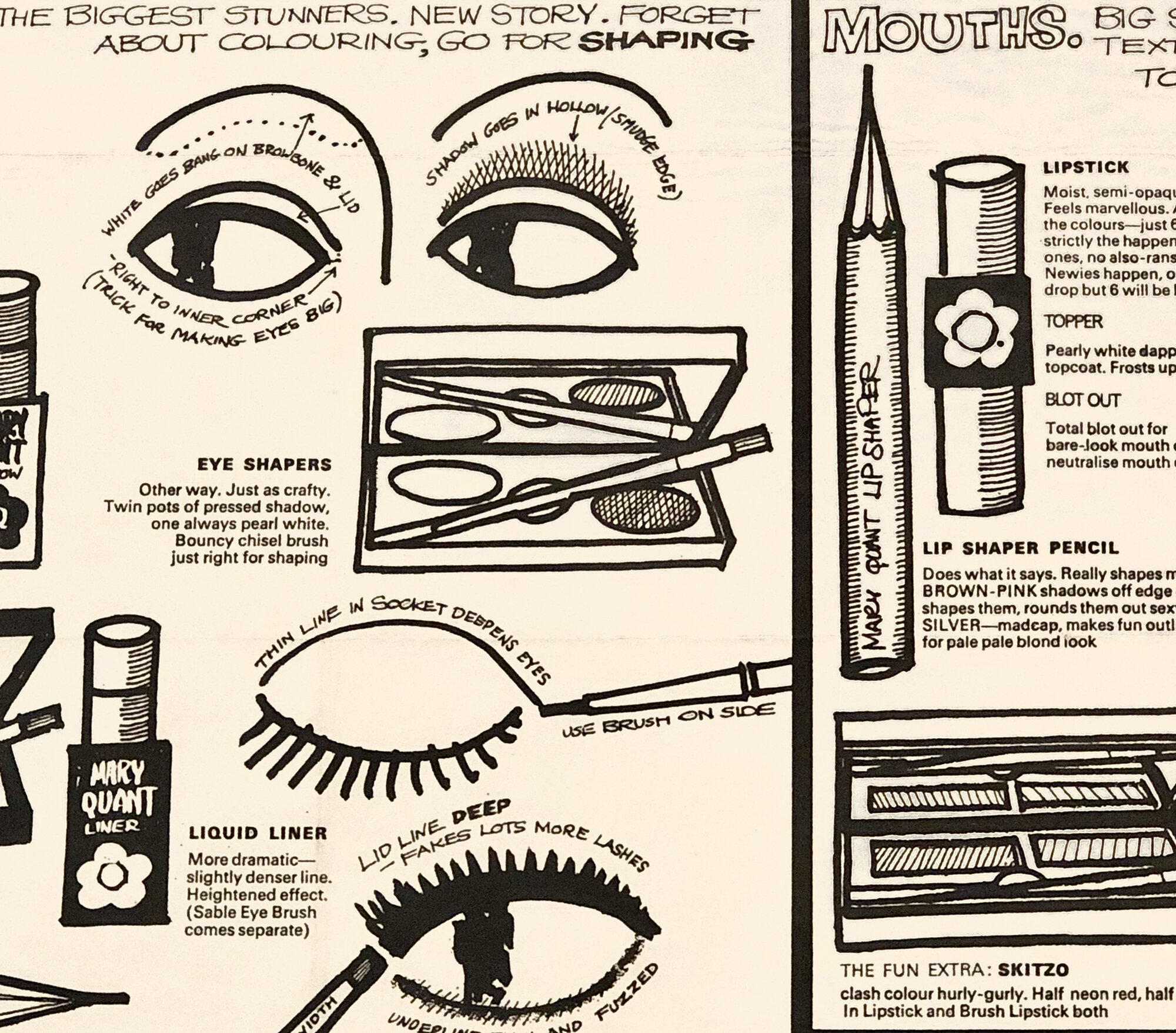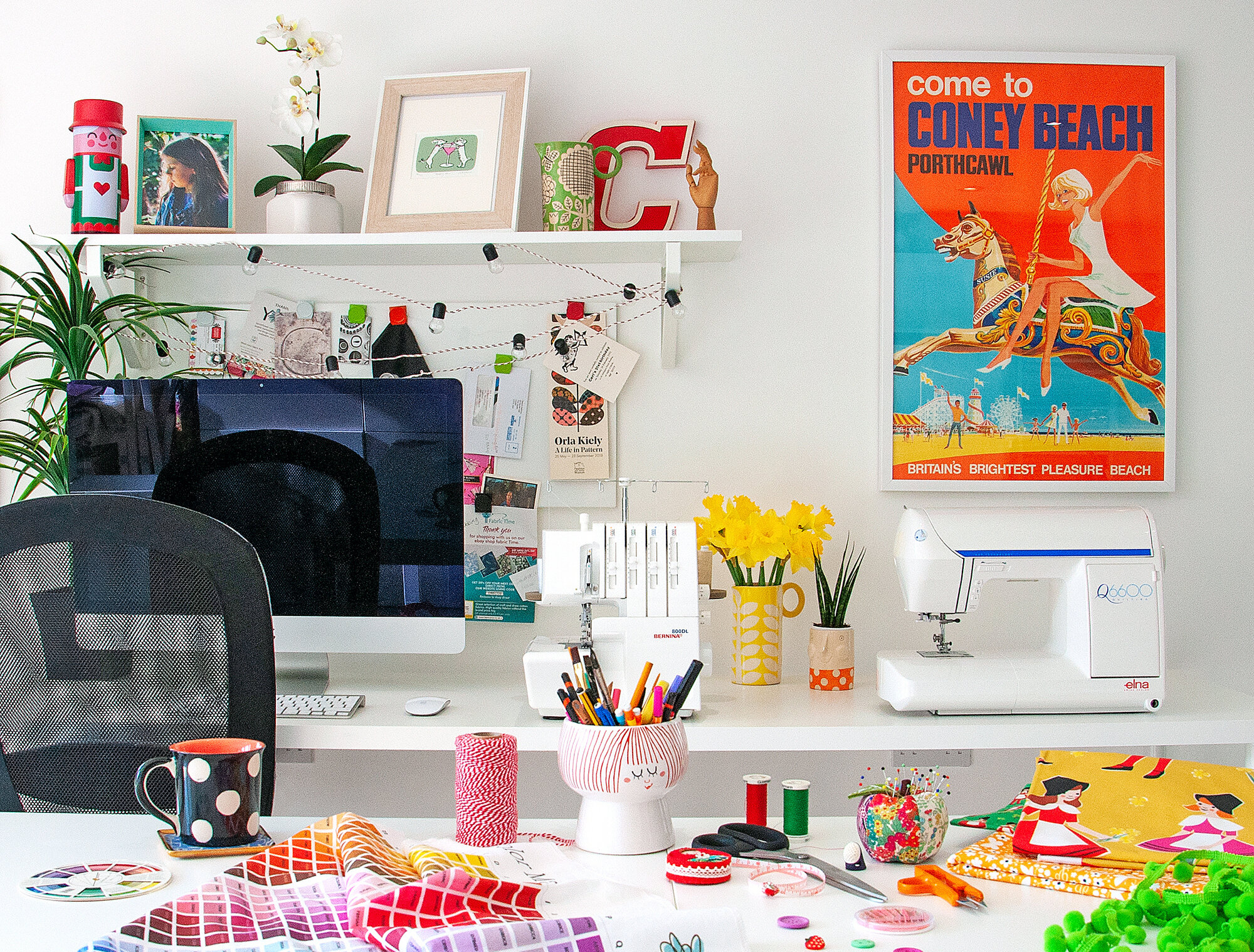Croeso! Welcome!
Whether you are a longtime friend from Instagram or the Spoonflower community, or are someone who has stumbled upon this page by accident — hi — I am so happy to see you here!
In the proud tradition of plumbers with leaky bathrooms, and hairdressers with dodgy highlights, I have always been the designer without a website. There are just never enough hours in the day for self care. It’s quite shocking really, when I consider just how long I’ve been freelancing. A website has always been on my ‘to do’ list, but like all good ‘to do’ lists, it never got done…until now. So hello new decade, hello new website! Have a little browse, and take a peep at some of my work. Hopefully you will find something interesting and you will learn something new about me.
Things have been ticking along quite nicely in the Ceri Gwen world, but I’m hoping that 2020 will bring new opportunities to move my business in some exciting directions. Graphic design has always been my first love and main source of income, but increasing interest in my surface pattern designs, and my first tentative steps towards developing my own product range has prompted me to get my act together — to pull together all of the strands of my work, and to give me the opportunity to showcase, properly, what I have to offer.
Since opening my Etsy shop, where I sell my handmade gifts, I have been approached many times by retail outlets looking to sell my products. However, until now this just hasn’t been possible. I am unable to produce my handmade goods in sufficient quantities for a wholesale market. I will be working on a solution to this in the coming months, starting with a range of greeting cards and prints. I will also be researching different manufacturing companies who can help me to produce other Ceri Gwen goodies as wholesale options. So if you are a shop who would be interested in selling my products, make sure that you subscribe to receive news updates.
Another exciting aspect of having a website is this — a blog! I’ve always liked the idea of writing one, but Instagram makes you lazy. As Lola might say, Instagram is very ‘straightaway’. You don’t have to put much effort in. Snap a pic, write a few (very few) words, and you can have an immediate interaction with your followers. I love it. But I think I’m going to enjoy the opportunity to be a little bit more wordy too.
So please say hello in the comments below — I’d love to know who’s managed to find me — and please subscribe for updates. I promise not to flood your inbox! Here’s to a year filled with even more colour and fun. (And goodness knows we need it these days). Happy new year!









